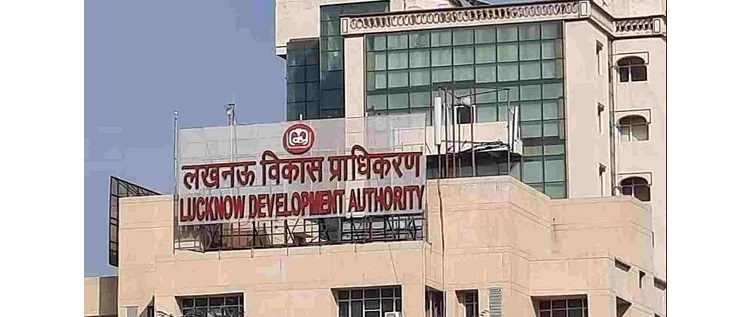E - PAPER
Maha govt unlocks old industrial land
INDUSTRIAL precincts in the Mumbai Metropolitan Region and other urban neighbourhoods in Maharashtra will soon make way for high-end residential and commercial construction. In a controversial move, Maharashtra Tuesday lifted curbs on diversion and development of historic industrial lands in these b
 BY
admin
BY
admin
Published - Thursday, 04 Jan, 2018

INDUSTRIAL precincts in the Mumbai Metropolitan Region and other urban neighbourhoods in Maharashtra will soon make way for high-end residential and commercial construction. In a controversial move, Maharashtra Tuesday lifted curbs on diversion and development of historic industrial lands in these belts for non-industrial use.
Hours after the state cabinet approved the proposal, the Devendra Fadnavis government defended the move contending it will boost affordable housing stock. But senior sources admitted it could benefit some of India’s top business families, who possess such lands, and a clutch of builders the most.
According to the decision, all those lands the government had allotted to industrial houses after acquiring them more than 30 years ago can now be turned into residential or commercial enclaves. Curbs on sale and transfer of such land parcels have also been lifted. But questions are being raised over the move since the Centre’s Land Acquisition Act promotes returning of the land to the original owners if it has not been put to use for the designated purpose for which it was acquired.
Government sources, however, clarified that the relaxation will be applicable only in cases where the land had been put to use for industrial purposes at some stage. Interestingly, it has also been applied in the case of vacant lands exempted under the erstwhile Urban Land (Ceiling and Regulation) Act, 1976. Statistics show that the Mumbai region alone accounts for 5,582 acres of such exempted vacant lands, most of it being lands allotted for industrial purposes.
The 1976 Act imposed a ceiling on the extent of vacant land an individual entity could hold in an urban agglomerate in order to prevent the “concentration of urban lands in a few hands.” But it also permitted states to exempt surplus vacant lands from this ceiling by imposing stringent conditions on their development. Although the Act was repealed in 2007, the exemption clause was saved.
Maharashtra had prohibited change of use in case of vacant industrial lands without prior government permission. In cases where such permission was granted, riders including surrendering five per cent built-up tenements to the government for public housing and price regulation for the rest of the housing stock were in place. But officials agreed that these were sparsely implemented. Following Tuesday’s nod, these riders won’t be insisted upon.
In April last year, the government had freed up industrial land parcels where it had played no role in acquisition of lands. Sceptics argued the latest measure would allow ULCRA beneficiaries to “wriggle out of obligations for surrendering flats or lands to the government for affordable housing.”
Even state Advocate General Rohit Deo — while opining that the state was within its powers to evolve such a policy — observed, “Any decision or scheme by the government in this regard would be open to challenge, both by the company as well as by third parties including public spirited individuals. This is all the more so given the size of the land and its prime location and commercial value. The decision of the state must meet the test of Article 14 of the Constitution. It must be fair and reasonable.”
- TAGS :
- News/Views
RELATED STORY VIEW MORE
NEWS LETTER
Subscribe for our news letter
E - PAPER
-

CURRENT MONTH 
LAST MONTH















